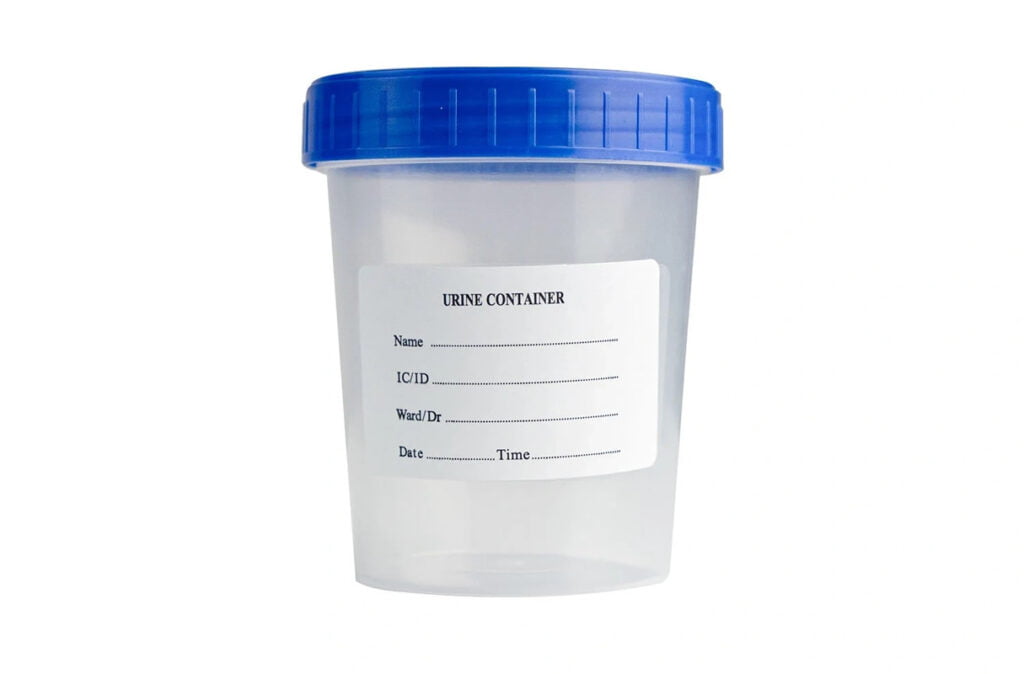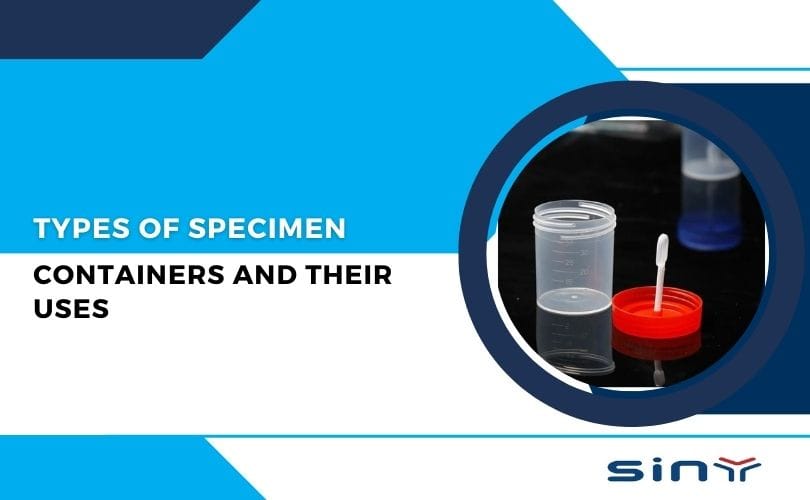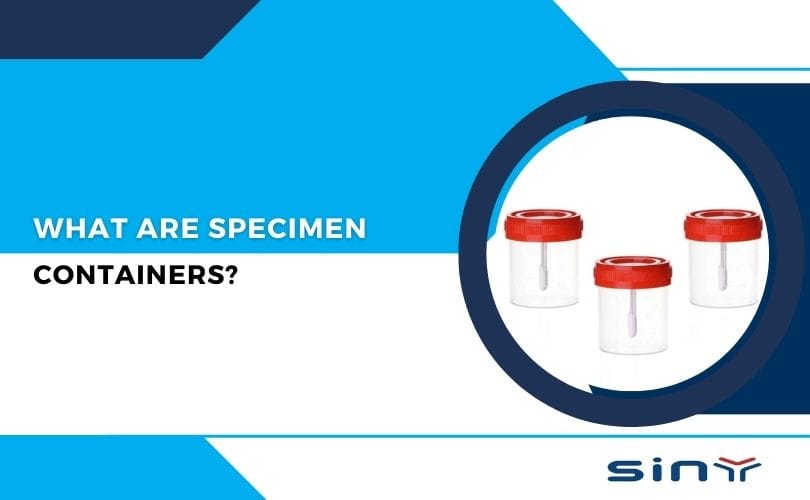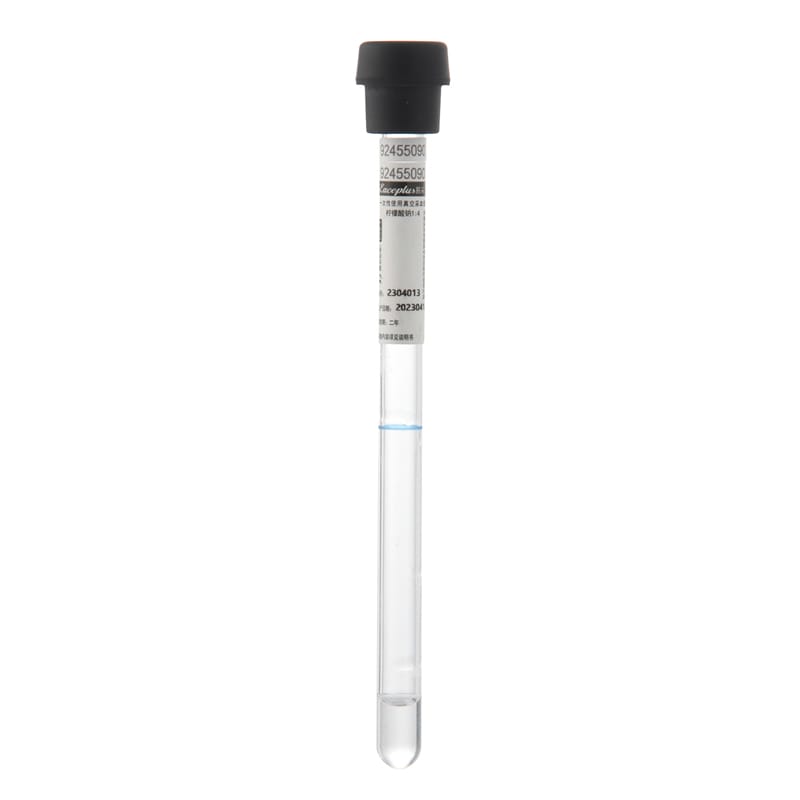A urine cup is a specialized container to collect and store urine samples for diagnostic testing. Widely used in hospitals, clinics, and laboratories, these cups are essential tools in the medical field for conducting various tests that help diagnose different conditions, from infections to chronic diseases. The design and materials of urine cups play a critical role in ensuring that the samples remain uncontaminated and are safe for accurate analysis.
Table of Contents
What is urine cups container?
A urine cup container is a medical-grade container for collecting, storing, and transporting urine samples for diagnostic testing. Typically made of plastic, these Sepecimen cups ensure sample integrity with features like a wide mouth for accessible collection, secure lids, and sterile packaging to prevent contamination.

Collecting urine samples
Material
It is usually made of plastic and has a certain hardness and stability, so breaking it is difficult. Some urine cups are made of unique materials, such as degradable materials, to meet different usage needs.
Shape and design
Common Shapes: Typically cylindrical or conical, with capacities ranging from 30 mL to 100 mL.
Design Features: The wide-mouth design facilitates accessible urine collection and minimizes splashing. The cup often includes graduated markings for measuring urine volume.
Additional Features: Some urine cups come with lids to prevent overflow and contamination, aiding in the safe transport and storage of samples.
Uses of Urine Cups
Medical examination: When conducting urine tests, urine cultures and other assessments in the hospital, patients must use urine cups to collect urine samples. Doctors can understand the health of the patient’s urinary system by analyzing urine samples, such as whether there is an infection, kidney disease, etc.
Home testing: Some home urine test kits also equip patients with urine cups to self-test specific disease indicators, such as pregnancy and diabetes.
There are mainly the following types of urine cups
Some vacuum-damaging urine cups also have a sealing cover to ensure the urine will not leak during collection and transportation.
Ordinary urine cup
This is the most common type. Made of plastic, usually transparent or translucent, it is easy to observe the colour and state of urine. The cup mouth is vast, which is convenient for collecting urine. The cup body is marked with scales, which can roughly measure the amount of urine. It is generally used for routine urine tests in hospitals, such as urine routine tests.
Sterile urine cup
This urine cup has been strictly disinfected and is usually packaged independently to ensure it will not be contaminated during use.
It is mainly used for examination items that require a strict sterile environment, such as urine culture. Doctors will ask patients to use sterile sputum cup to collect urine to ensure that the cultured bacteria are from the urinary system and not contaminated by the outside world.
Vacuum harmful pressure urine cup
It usually consists of a cup body and a vacuum tube. The cup body typically uses transparent plastic, allowing easy observation of the urine’s color and state. The connecting device attaches to the vacuum negative pressure system, generating a specific negative pressure attraction.
The precautions for using disposable urine cups are as follows
Choose regular products
Ensure that the disposable urine cups used are products from regular channels and meet quality standards. Regular urine cups use safe materials, feature accurate scales, and provide reliable containers for test samples.
Check integrity
Before use, carefully check whether the urine cup is damaged, cracked, or deformed. If the urine cup has these problems, it may cause urine leakage, affecting the collection process. It can also contaminate the urine with external elements, affecting the test results
Confirm the cleanliness of the urine cup, and there should be no apparent stains or foreign matter.
Correctly collect urine
Collect midstream urine, that is, discharge a small amount first, pay attention to controlling the amount of urine, and generally collect an appropriate amount of urine. Determine the specific requirements based on the inspection items. Avoid collecting too much or too little urine.
Avoid contamination
While collecting urine, ensure the urine cup does not touch other body parts to avoid contaminating the urine sample. At the same time, avoid mixing foreign objects, such as toilet paper and hair, into the urine.
Avoid collecting urine in dusty, debris or potentially contaminated environments.
Send urine for testing on time.
After urine is collected, the urine sample should be sent to the testing agency for testing as soon as possible. Generally speaking, it is best to send it for testing within 1 to 2 hours to ensure the accuracy of the test results.
If you can’t send the urine sample for testing in time, store it properly according to the requirements, typically in an environment of 2°C to 8°C. However, even at low temperatures, send it for testing as soon as possible and avoid long-term storage.
Proper disposal
Dispose of the urine cup appropriately according to medical waste disposal regulations after use to avoid the risk of environmental pollution or disease transmission from improper disposal.
Final Words
Urine cups are a crucial component in medical and laboratory settings, ensuring safe and accurate sample collection for a variety of diagnostic tests. With advancements in materials and design, these specimen cups are becoming more user-friendly and environmentally sustainable. Understanding the different types, uses, and best practices for urine cup usage helps healthcare providers and patients maintain high standards of care and safety.
FAQs
What materials are commonly used in urine cups?
Manufacturers use medical-grade plastic to make most urine cups, ensuring durability and chemical resistance. They also produce some cups from biodegradable materials to minimize environmental impact.
How do you properly collect a urine sample using a urine cup?
For proper collection, use a sterile cup, collect midstream urine, and avoid contact with other body parts or surfaces to prevent contamination.
Can urine cups be reused?
You can find reusable urine cups, but most siny medical manufacturers design them for single use to prevent contamination and maintain hygiene.
What types of tests require a sterile urine cup?
Stool cups are essential for tests that require a contamination-free environment, such as urine cultures for bacterial analysis.
How should used urine cups be disposed of?
Dispose of used urine cups according to medical waste disposal regulations to avoid environmental pollution and prevent disease transmission.
Are there eco-friendly options for urine cups?
Some manufacturers offer Specimen cups made from biodegradable materials to minimize their environmental impact.



























































